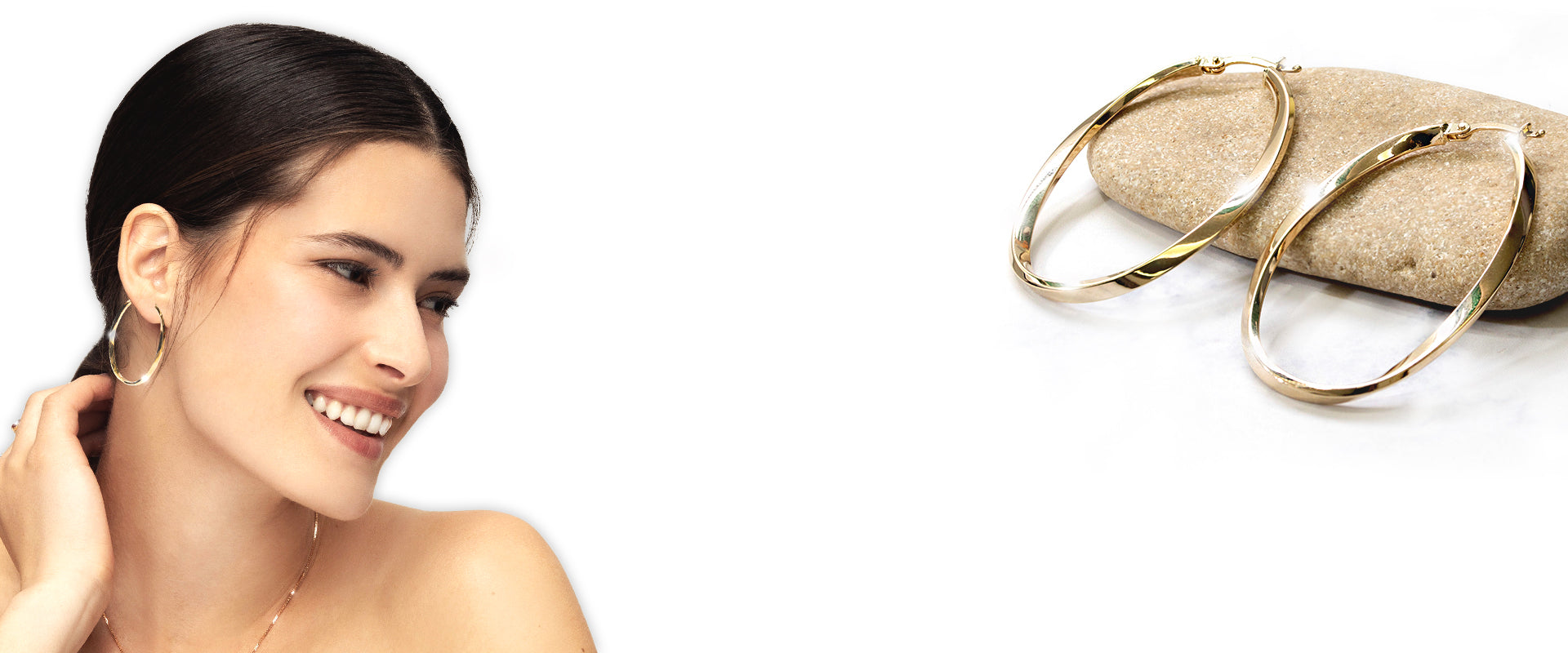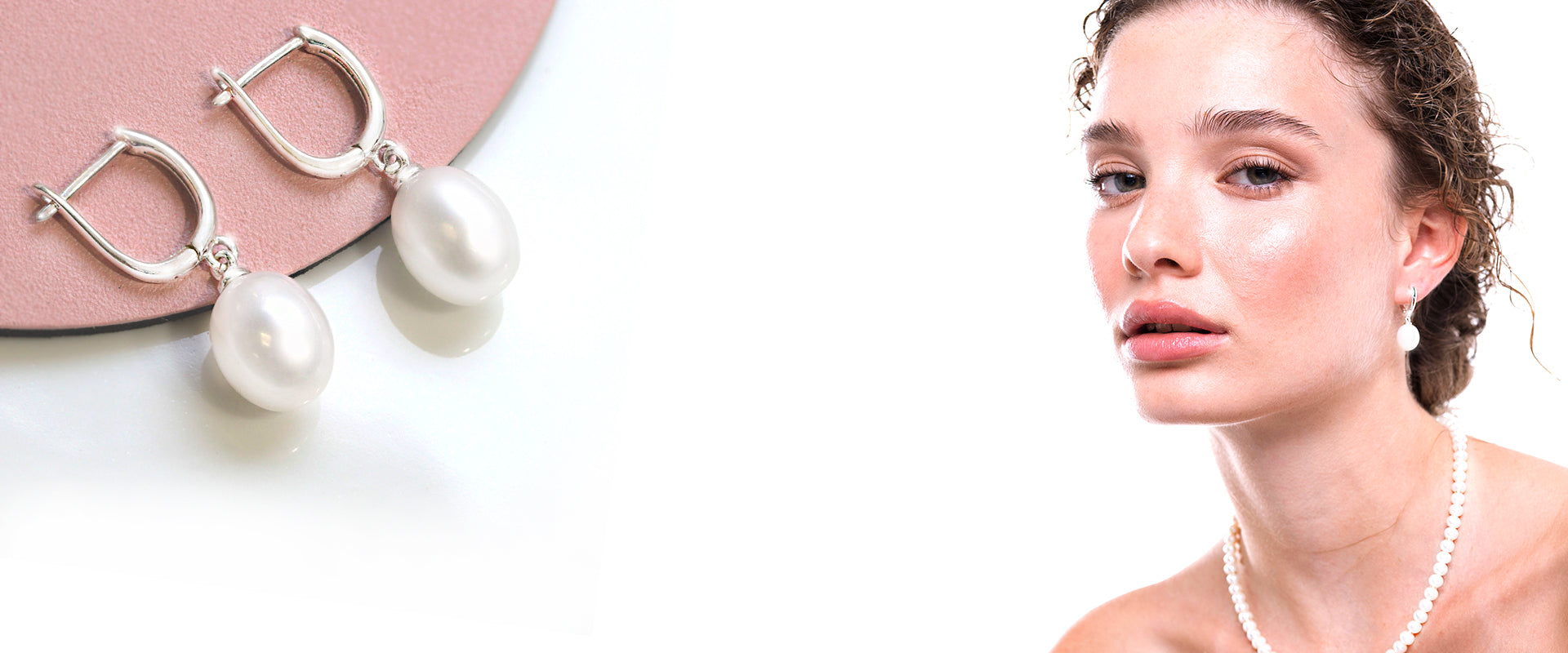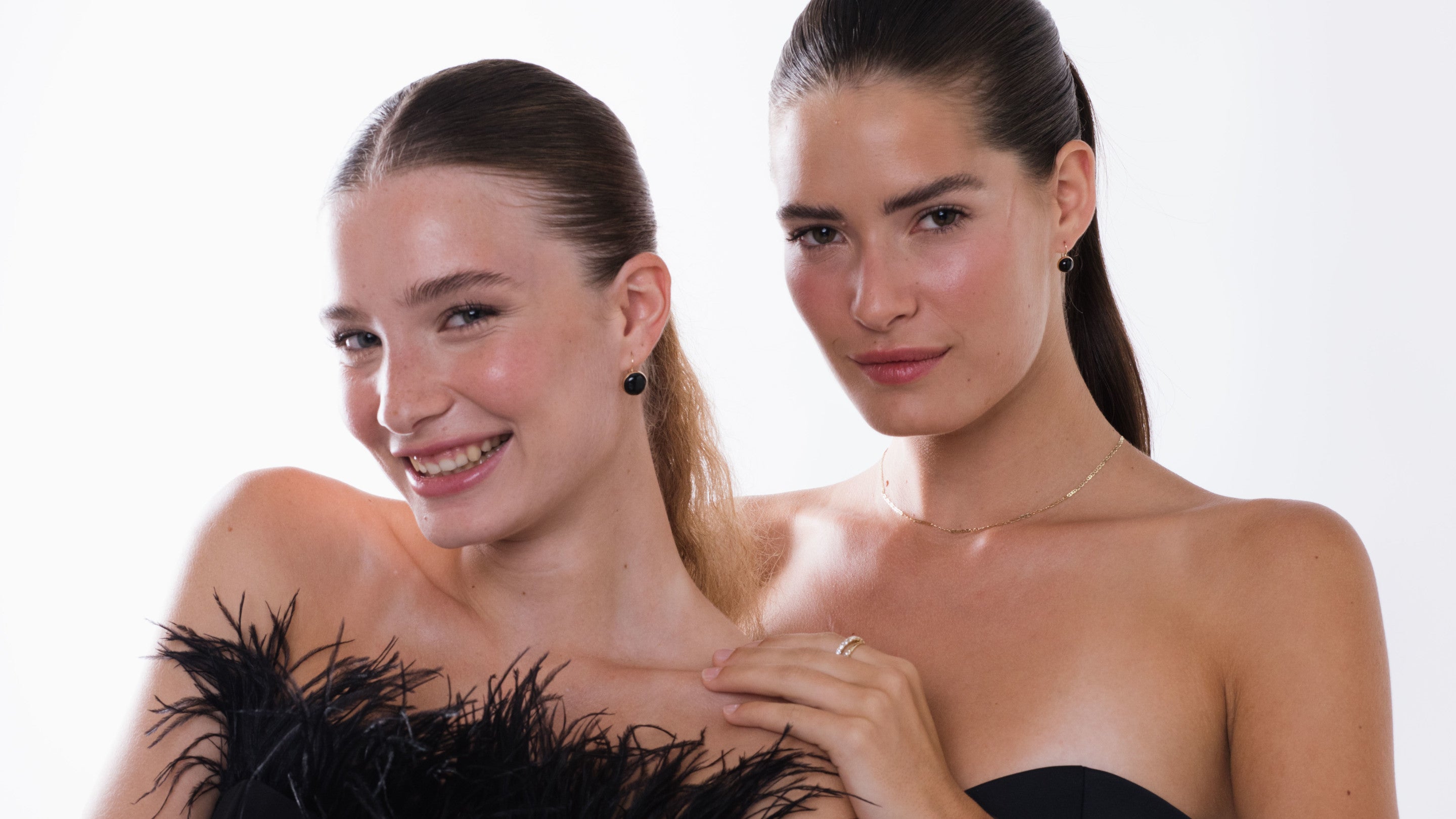December Birthstone-Turquoise
Meet the Turquoise
COLOR
Bright blue to dark opaque green. Sometimes has dark or grey, brown or black veins or spots.
TREATMENT
The turquoise solid under light, but intense heat can cause it to change its color or even break. The gem is sensitive to acids and its colors might fade when it comes into contact with chemicals, cosmetic products and even bodily oil or sweat. We recommended cleaning it with nothing but warm water and soap.
PROTECTION
In many cultures, the color turquoise is considered a color of protection. That is why it is believed that the gem protects both body and soul. Those wearing the gem will be empowered with mental and physical strength. The Turquoise can treat anger and clear one’s thoughts. It is also known for attracting wealth and luck.
SPIRITUAL-ENERGETIC USE
The Turquoise has two prominent colors – blue like the sky and brown like the earth. This means that the gem has potent energetic qualities that pull us upwards while keeping us firmly grounded. Its most significant quality is adjusting itself to the person wearing it and reveal their best qualities.
Etymology
The Turquoise originated in Persia and reached Europe through Turkey. The Europeans’ common mistake was thinking that the gem originated in Turkey rather than passed through it. Which is why they named it ‘Turkish’. The name we now know as Turquoise was given to it by the French.
Where Can the Turquoise Be Found?
The Turquoise can be found in sandstones, covered in basalt stone, and is easy to mine. It can mostly be found in dry areas and nowadays China is its biggest manufacturer. However, the gem can also be found in Iran, Tibet and even the US.






